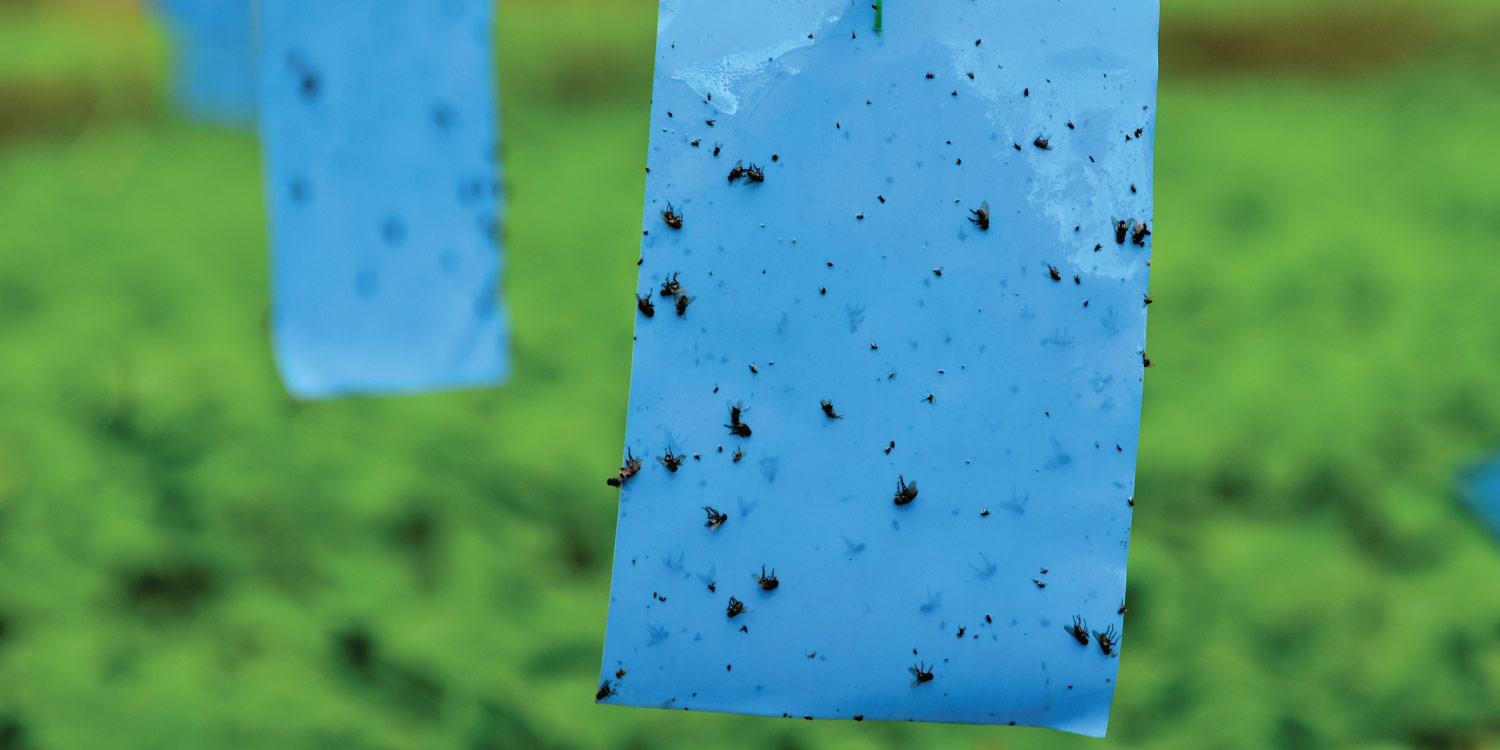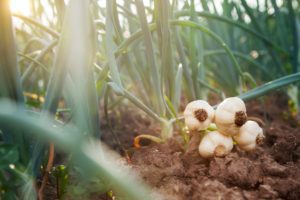Integrated Pest Management (IPM), also known as Integrated Pest Control (IPC) aim is to control pest populations below economic injury level. Integrated Pest Management emphasizes on natural pest control systems that ensure there is least disturbance and alteration to the natural agro-ecosystems.
This is by integrating practices that economically control pests, for example, biological and cultural pest control methods, while at the same time keeping pesticide and other chemicals in check to reduce risks to the environment and to human and animal health.
The introduction of Integrated Pest Management was in the 1970s, shortly after World War II when synthetic insecticides were widely available. Entomologists used the principle of “supervised insect control” which formed the conceptual basis for “Integrated control”. This was to mean that chemical control was to be used in a manner least disruptive to biological control during integration. Chemicals were to be applied after regular monitoring to ascertain that a certain pest population had reached the economic threshold and requires action to prevent it from reaching the economic injury level.
Integrated Pest Management is guided by several principles; acceptable pest levels, preventive cultural practices, mechanical and biological pest control, regular observation and monitoring, and responsible use of pesticides.
Stages of Integrated Pest Management
- Having the knowledge of the key pests, their life cycle and their growing area.
- Prevention of pest attack through site and variety selection, time of planting, water and nutrition management and farm hygiene.
- Observation and crop monitoring. There is also the use of pheromone traps and sticky traps to unveil the presence of insect pests.
- Intervention using biological, mechanical and chemical methods.
- Evaluation and planning for curbing a similar problem future.
Integrated Pest Management is now widely adopted and is used in agriculture, horticulture, agro-forestry human habitations etc. It therefore promotes safe and economic control of pests with minimal disturbance to the natural ecosystem.






